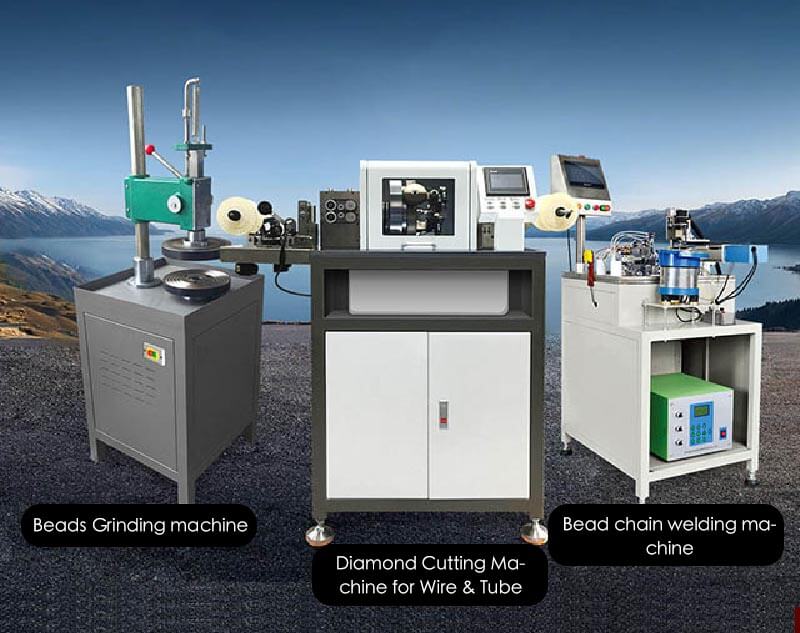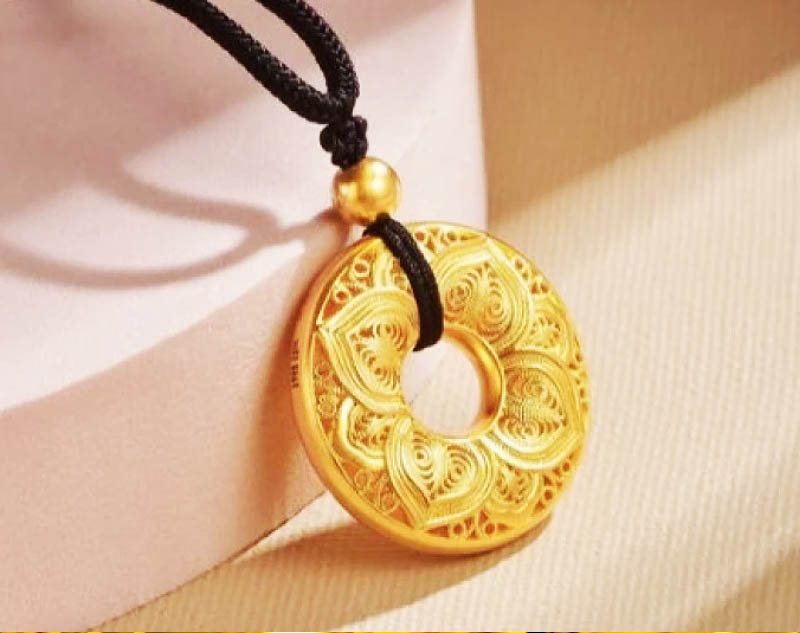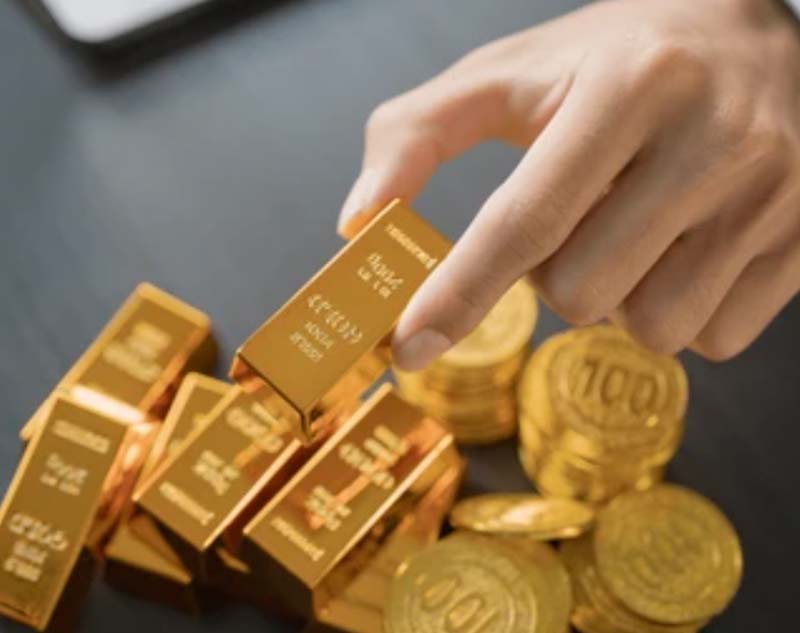Global Jewelry Market Demand Trends in 2025
The global jewelry market in 2025 is showing strong recovery momentum and evolving consumer patterns shaped by technology, sustainability, and personalization. After several years of economic fluctuations and geopolitical uncertainty, the demand for jewelry is stabilizing, supported by rising disposable incomes, digital innovation, and shifting aesthetic preferences across major markets.
1. Rising Demand in Emerging Economies
Emerging markets such as India, China, and Southeast Asia remain the engines of global jewelry consumption. In these regions, cultural traditions and growing middle-class wealth continue to drive purchases of gold and gemstone jewelry. According to recent market forecasts, India is expected to see double-digit growth in gold jewelry demand as weddings and festive spending rebound. Similarly, Southeast Asian countries are becoming key markets for lightweight, affordable jewelry tailored to younger consumers.
2. Sustainable and Ethical Jewelry on the Rise
Sustainability is one of the strongest themes shaping jewelry demand in 2025. Consumers are increasingly conscious of environmental and ethical sourcing issues. Brands that provide traceability—from responsibly mined metals to lab-grown diamonds—are gaining trust and market share. This shift is leading manufacturers to adopt recycled materials, reduce carbon footprints, and communicate transparent supply chains. Eco-friendly jewelry is no longer a niche but a mainstream trend, particularly in Europe and North America.
3. Digital Transformation and Online Jewelry Sales
E-commerce continues to reshape the global jewelry industry. In 2025, online jewelry sales are projected to exceed 25% of total market revenue. Virtual try-on technology, 3D product visualization, and AI-powered customization are revolutionizing how consumers purchase fine jewelry. Social media platforms, especially Instagram, TikTok, and Pinterest, play crucial roles in influencing design trends and brand perception. Jewelry companies that integrate omnichannel strategies—combining physical retail experience with digital engagement—are expected to lead the market.
4. Personalized and Custom Designs
Modern consumers increasingly seek individuality in their jewelry choices. Customization and limited-edition collections are in high demand, driven by the desire for emotional connection and self-expression. Advances in CAD design and small-scale production equipment allow jewelers to offer personalized pieces at competitive prices. This trend benefits both independent designers and high-end brands that can deliver bespoke experiences.
5. Shifts in Material and Design Preferences
While gold remains the cornerstone of the jewelry market, 2025 shows growing interest in platinum, white gold, and silver due to changing fashion aesthetics and affordability. Lab-grown diamonds and colored gemstones are experiencing robust demand as consumers embrace alternative, ethical luxury. Minimalist, geometric, and gender-neutral designs are also becoming increasingly popular, reflecting modern lifestyles and global fashion influences.
6. Technology-Driven Manufacturing
Automation and smart machinery are reshaping jewelry production. Precision cutting, polishing, and engraving technologies improve product consistency while reducing labor costs. Countries like China, Italy, and Turkey are leading in adopting high-tech jewelry equipment. This industrial upgrade supports higher output, quality assurance, and faster response to market trends—helping brands meet diverse consumer demands more efficiently.
7. The Return of Gold as a Value Asset
Amid global economic uncertainty, gold jewelry continues to serve as both adornment and investment. The upward trend in gold prices, fueled by inflation and geopolitical risks, enhances gold’s dual role as a symbol of wealth and financial security. Consumers in Asia and the Middle East are particularly drawn to gold jewelry that combines cultural heritage with modern aesthetics.
Conclusion
The jewelry market in 2025 reflects a delicate balance between tradition and innovation. As consumers become more digital, more eco-conscious, and more expressive, the industry must evolve accordingly. Success will depend on how brands integrate technology, sustainability, and personalization into their products and experiences. Those that adapt quickly to these global demand trends will secure a stronger position in the competitive jewelry landscape of the future.






